In the ever-evolving world of home textiles, a groundbreaking innovation has emerged to address one of the most persistent challenges faced by pet owners: protecting furniture from the relentless claws of beloved cats and dogs. The advent of nano-level anti-snag coating technology is revolutionizing throw blankets and sofa covers, offering a durable yet elegant solution that preserves both aesthetics and functionality.
The struggle between pets and furniture is as old as domestication itself. Traditional fabrics, no matter how tightly woven, eventually succumb to the sharp nails of playful felines and energetic canines. What makes this new generation of protective textiles different lies in its microscopic approach. By applying specialized polymer treatments at the nanometer scale, manufacturers have created surfaces that literally deflect claws rather than resisting them through brute strength.
At the heart of this technology are self-healing molecular chains that rearrange themselves when disturbed. When a cat attempts to sink its claws into the treated fabric, the nano-coating causes the claws to glide across the surface rather than catching individual threads. This physics-based approach mimics how water beads on a lotus leaf, where the surface structure at the atomic level creates a protective barrier without changing the fundamental properties of the material.
Consumers might wonder how such advanced technology affects the tactile experience of their home textiles. Surprisingly, the nano-coating adds no noticeable stiffness or plastic-like feel to fabrics. The treatment penetrates deep into fibers at a molecular level rather than sitting on top as a separate layer. This preserves the softness and drape that make throw blankets enjoyable to use while providing invisible protection.
The environmental implications of this innovation deserve special attention. Unlike traditional stain-resistant treatments that rely on perfluorinated chemicals, these new nano-coatings utilize biodegradable polymers. Early lifecycle assessments suggest the coatings break down harmlessly after several years of use, addressing concerns about microplastic pollution from synthetic textiles. This makes the technology appealing to eco-conscious pet owners seeking sustainable solutions.
From a practical standpoint, the maintenance benefits cannot be overstated. The same properties that prevent claw damage also create an exceptionally stain-resistant surface. Pet hair brushes off more easily, and accidental spills bead up rather than soaking in. This multifunctional performance transforms what was once a disposable household item into a long-term investment, reducing waste and replacement costs.
The commercial potential of this technology extends beyond the pet industry. Hotels, rental properties, and furniture manufacturers are showing keen interest in adopting these treated fabrics for high-traffic areas. The ability to maintain pristine-looking upholstery without restricting pet ownership could significantly impact hospitality industry standards and residential leasing policies regarding animals.
As with any emerging technology, questions remain about long-term performance. Independent testing institutes are currently conducting accelerated wear trials to simulate years of pet interaction. Preliminary results suggest the coatings maintain about 85% effectiveness after what equates to five years of regular use - a remarkable achievement considering conventional fabrics often show visible damage within months of pet exposure.
The psychological impact on pet owners shouldn't be underestimated. The constant stress of policing animal behavior around furniture creates tension in human-pet relationships. By removing this friction point, the technology may actually improve household harmony, allowing pets to express natural behaviors without triggering owner frustration. This subtle benefit could prove as valuable as the physical protection itself.
Looking ahead, researchers are exploring ways to enhance the technology further. Some prototypes incorporate temperature-regulating nanoparticles that keep pets cool in summer and warm in winter, while others experiment with antimicrobial properties to address pet odor. The convergence of these innovations points toward a future where pet-friendly textiles actively contribute to animal welfare rather than simply enduring damage.
Market adoption will likely follow a familiar pattern - starting with premium products before trickling down to mass-market options. Early adopters can currently find these treated throws and covers through specialty pet retailers and high-end home goods stores, with prices reflecting the advanced technology. As production scales up, industry analysts predict 20-30% annual growth in this niche over the next five years.
For consumers considering these products, experts recommend examining the technical specifications rather than marketing claims. True nano-scale coatings should specify particle sizes below 100 nanometers and provide independent verification of anti-snag performance. As with any emerging technology, the market will see varying levels of quality until standards organizations establish formal testing protocols.
The implications for interior design are profound. No longer must pet owners choose between stylish decor and pet-friendly practicality. This technology enables materials like linen, velvet, and delicate weaves to coexist with clawed companions - a previously unthinkable proposition. Designers are already incorporating these treated fabrics into pet-inclusive home concepts that don't scream "animal-proof" in their aesthetic.
From a materials science perspective, what makes this application particularly clever is its passive approach to protection. Unlike physical barriers or unpleasant deterrent sprays, the nano-coating works silently in the background without altering pet behavior or creating negative associations. This aligns with modern animal welfare principles that emphasize environmental modification over punishment or restriction.
The business ecosystem around this innovation is developing rapidly. Startups specializing in nano-textile treatments are partnering with established fabric mills, while home goods brands license the technology for their product lines. This collaborative model accelerates innovation while allowing each company to focus on its core competencies - a win-win scenario for bringing advanced solutions to market efficiently.
As awareness grows, consumer education will become crucial. Many pet owners remain skeptical that any fabric can truly withstand determined scratching. Demonstration videos showing side-by-side comparisons with untreated fabrics help overcome this skepticism. Retailers report that once customers see the technology in action, conversion rates soar - suggesting the concept sells itself when properly presented.
The global nature of the pet products market ensures this innovation will spread quickly across borders. Cultural differences in pet ownership patterns create varied opportunities - from cat-centric applications in Japan to large-dog solutions in North America. Manufacturers are adapting formulations to suit regional preferences in both fabric types and animal behaviors.
Ultimately, this advancement represents more than just a practical solution to a common problem. It symbolizes how cutting-edge science can improve everyday life in unexpected ways. By solving the age-old conflict between pets and furniture at the molecular level, nanotechnology is quietly revolutionizing domestic harmony one sofa at a time.
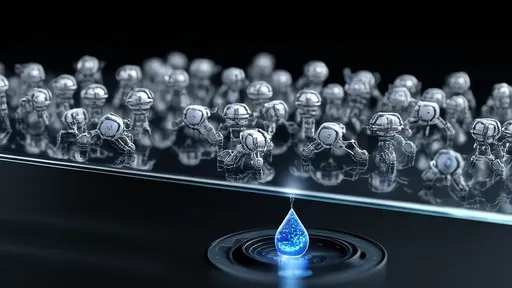
By /Jul 16, 2025

By /Jul 16, 2025
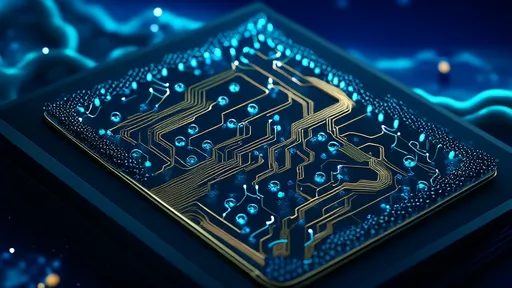
By /Jul 16, 2025

By /Jul 16, 2025
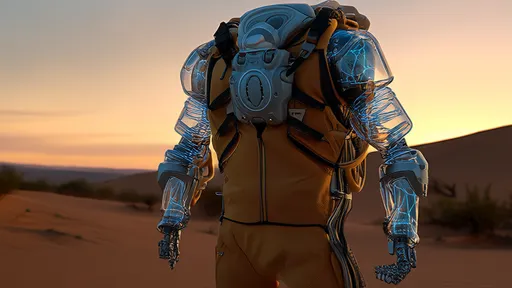
By /Jul 16, 2025

By /Jul 16, 2025
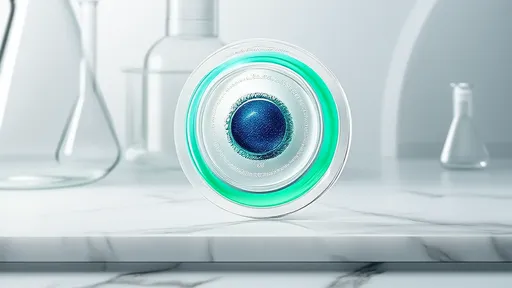
By /Jul 16, 2025

By /Jul 16, 2025

By /Jul 16, 2025
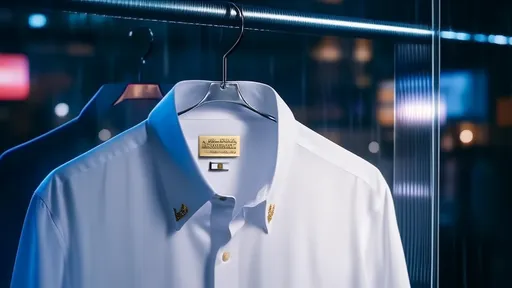
By /Jul 16, 2025

By /Jul 16, 2025
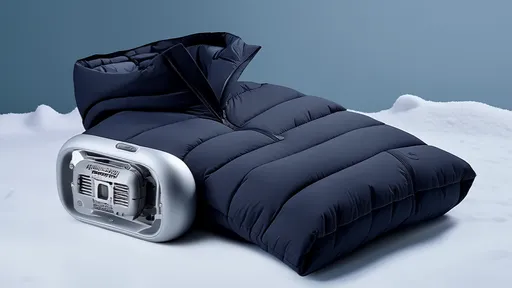
By /Jul 16, 2025

By /Jul 16, 2025
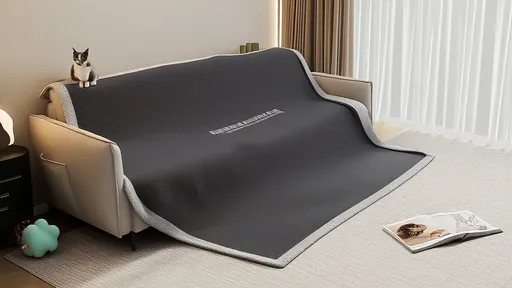
By /Jul 16, 2025
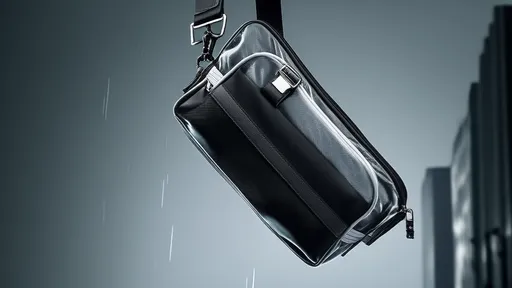
By /Jul 16, 2025
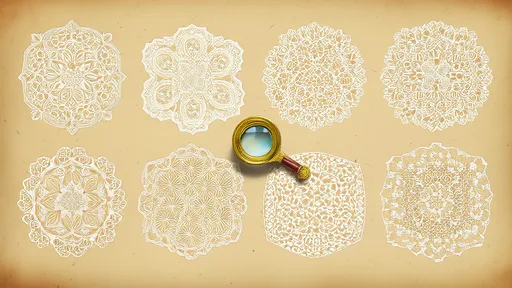
By /Jul 16, 2025
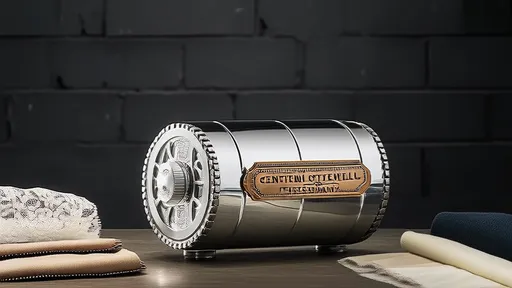
By /Jul 16, 2025

By /Jul 16, 2025